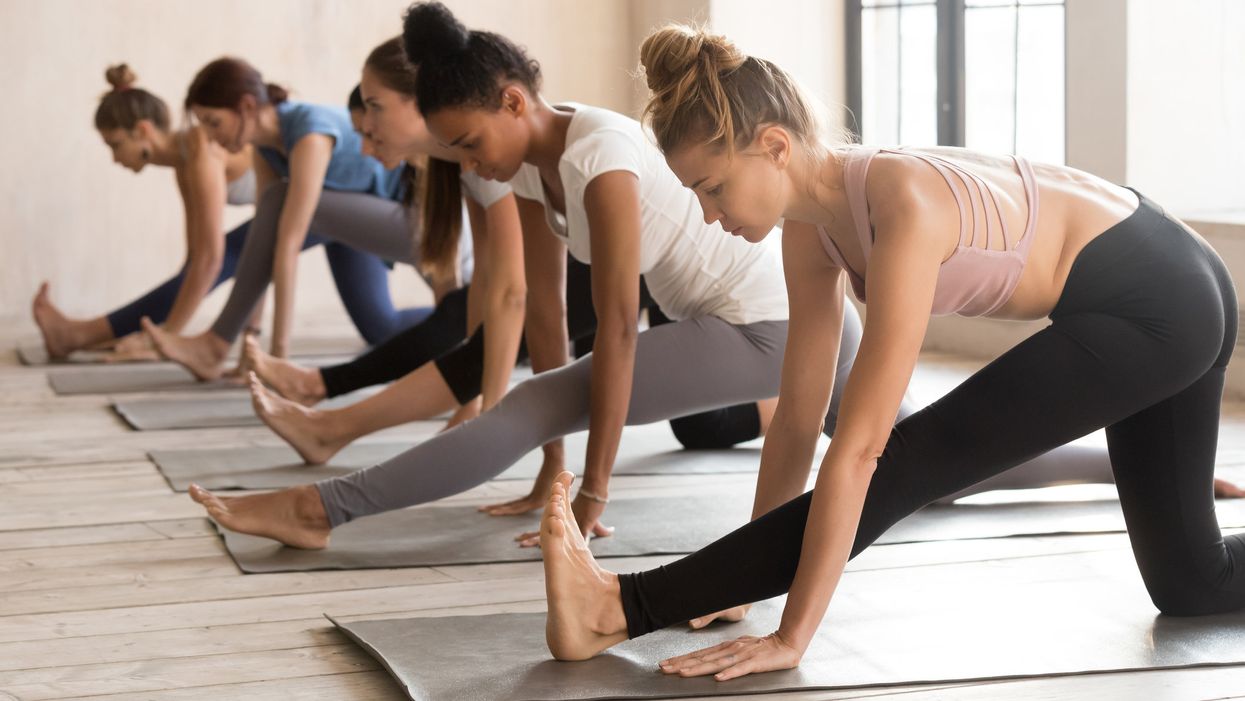How to Make Resolutions That Actually Get You The Results You Want
The clean slate of a new year makes January prime time for big plans, dreams and, of course, resolutions. But jotting down a bunch of far-fetched goals probably isn’t going to keep you motivated throughout the year. Here, experts sound off on four common dancer resolutions, and how to make each more effective.
The Resolution: “Stretch More”
What it’s missing:
A specific action plan
How to fix it:
“Have your goals be measurable,” says Alicia Ferriere, physical therapist at Finish Line Physical Therapy in New York City. “If you want to stretch more, what muscles do you feel need stretching?”
Ferriere suggests having a time frame in mind. “Commit to something like, ‘Over the next three weeks, I’m going to spend five minutes before each class stretching my feet.’ ” Schedule the time on your calendar—and list exactly which muscles you want to focus on based on that day’s class and rehearsal schedule.
The Resolution: “No Carbs After 5 PM”
What it’s missing:
Staying power
How to fix it:
If you’re going to make food-related resolutions, try adding to your diet instead of restricting. “Restriction almost always backfires,” explains Heather Caplan, a registered dietitian who co-owns the online sports nutrition practice Fit Fueling. “When you restrict, you may find yourself with strong sugar cravings, low energy or poor sleep patterns, and may feel sluggish during rehearsals.”
Instead of deciding when you “can’t” eat a certain food group, Caplan suggests balancing each meal and snack with whole grains, fruits and starchy vegetables to ensure you’re getting enough fuel to perform at your best.
“Elimination diets are popular at this time of year, with people internalizing messages that they’ve ‘overindulged’ during the holiday season, and therefore need to intentionally detox,” says Caplan. “But our bodies detox on their own. I understand the allure of a clean slate with a new year. It’s intoxicating to think we can feel like a totally new person simply by restricting a few so-called ‘bad foods.’ But resolutions don’t have staying power when they’re rooted in restriction.”
The Resolution: “Do Whole30 for the Month of January”
What it’s missing:
The motivation
How to fix it:
Weight-loss goals are especially common in January. But, Caplan stresses, it’s important to get to the root of your desire to lose weight. “It’s easy to feel like weight loss will result in feeling like a better dancer, or a better version of yourself,” she says. “I would encourage some self-reflection: Is this a realistic goal for you? What will happen if you do lose weight? What if you don’t?”
According to Caplan, more than 90 percent of weight-loss diets fail. In most cases, people regain more than they lost, thus beginning an unhealthy—and hard to break—cycle of dieting.
“Think about habits and behaviors rather than focusing on a weight outcome,” Caplan recommends. “Will you feel better during rehearsals if you’re well fueled versus restricting calories? Will you be able to perform better if your body is nourished versus underfed?”
Some diets are medically necessary, but for most healthy dancers, focusing on optimal fueling will bring you closer to your performance goals.
The Resolution: “Get Stronger and Cross-Train”
What it’s missing:
A plan and an expert
How to fix it:
A teacher or certified trainer can help you figure out what to add to your regimen to get stronger and keep dancing your best. “Find out which muscles would benefit the most from strength training—it’s very different for every dancer,” says Ferriere. “This can help you avoid injuries.”
Once you figure out what muscles you want to focus on, create a detailed action plan: If you want to strengthen your back, for example, find a few exercises and commit to doing them for 10 minutes, two days a week, for the next two months.
Mix It Up!
Don’t spend your year obsessing over one resolution. “Having a variety of goals makes little achievements more exciting, and gives you motivation for the long term,” says Ferriere. “Set time frames to check in with your goals, see how you’ve progressed and ask where they can be modified. Then, as you achieve your goals, think about how you can create new ones. And reward yourself!”




